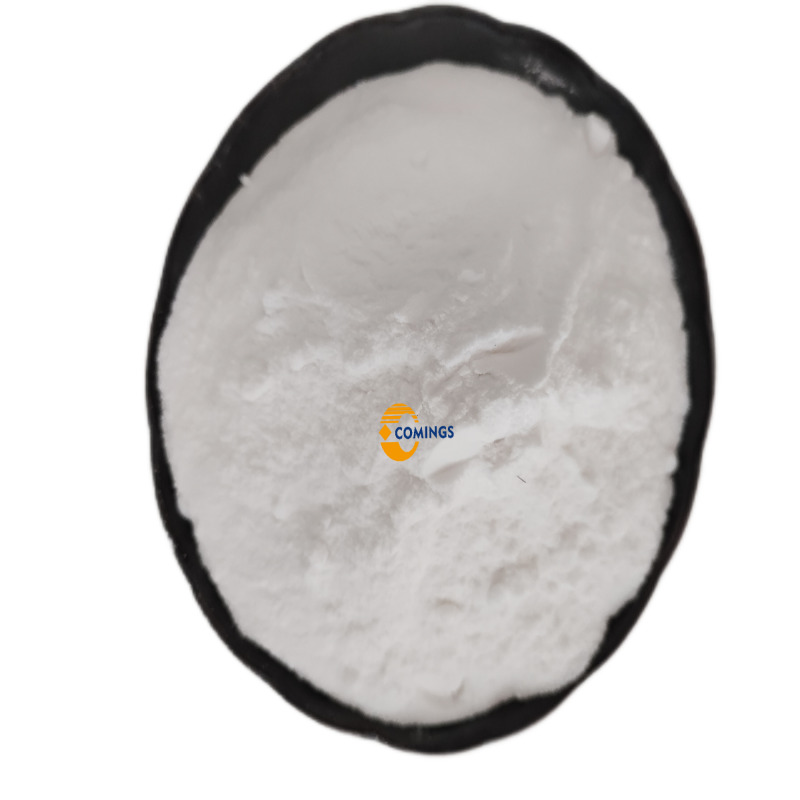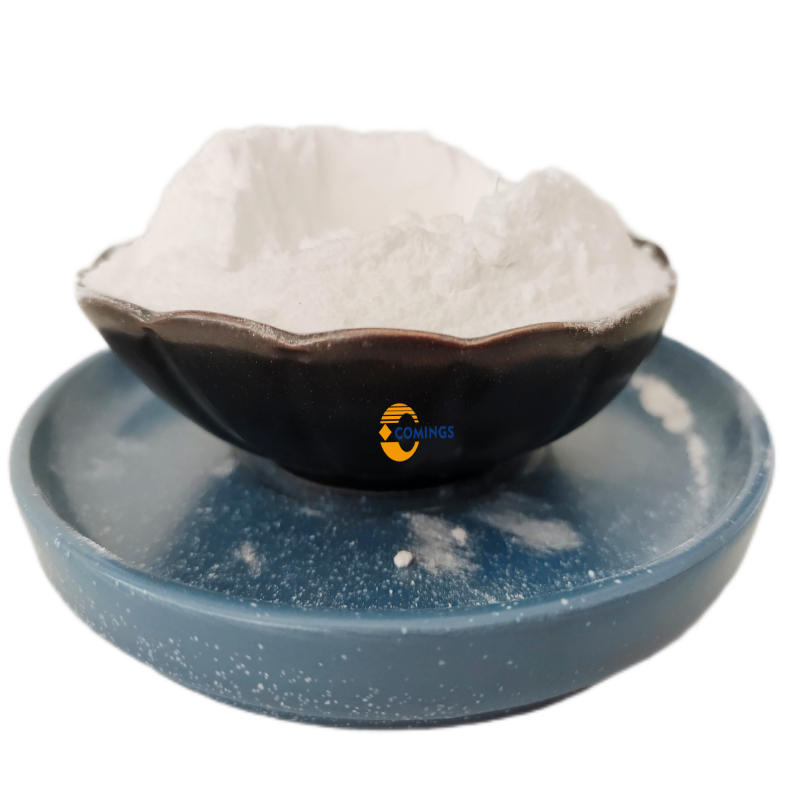Destroy or create?
-
Last Update: 2021-11-04
-
Source: Internet
-
Author: User
Search more information of high quality chemicals, good prices and reliable suppliers, visit
www.echemi.com
Whether it is COVID-19, which is creating difficulties for us right now, or many diseases that have plagued mankind since ancient times, the culprit behind them is the virus
.
In our hearts, viruses have a bad reputation.
They are life-threatening enemies
.
Isn’t there anything commendable about these notorious viruses? In fact, in the minds of many biologists, there is at least one specific type of virus that may be dubbed a "hero", and this type of virus is a phage
.
Bacteriophages are viruses that can infect bacteria.
They carry a large number of genes normally found in bacteria and can use these genes to deal with their bacterial hosts
.
Bacteriophages are the most abundant life form on the planet.
There are about 10³¹ bacteriophages wandering all over the world at all times
.
They are closely related to the global microbial environment, whether on land or in the ocean, they all control various flora
.
Every day, up to 40% of the bacteria in the ocean are killed by phages
.
It can be said that bacteriophages have played an important role in controlling the global bacterial reproduction and the redistribution of organic matter
.
Many scientists engaged in biomedical research are very interested in bacteriophages because they can selectively kill bacteria
.
Now, scientists have successfully used some natural and bioengineered bacteriophages to treat bacterial infections that do not respond to antibiotics
.
This process that can help fight antibiotic resistance is called phage therapy.
.
Recently, a new study led by Ivan Erill, a biologist at the University of Maryland, found that bacteriophages have another important function: they may be nature’s ultimate gene repairers, and they can create new genes to enable cells to regain new ones.
Function
.
Like all viruses, bacteriophages have a high replication rate and mutation rate, which means that every time they reproduce, they will form many variants with different characteristics
.
Most bacteriophages have a hard outer shell called a capsid, which is full of genetic material
.
In most cases, the space that the phage can hold in the capsid is larger than the space they need to store and replicate DNA
.
This means that bacteriophages have room to carry additional genes—some genes that are not necessary for the survival of bacteriophages but can be modified at will
.
In order to understand how this happens, we need to have a deeper understanding of the life cycle of bacteriophages
.
There are two main types of bacteriophages: mild bacteriophages and vigorous bacteriophages
.
Vicious phages, like many other viruses, have an "invasion-replication-kill" operating program.
They enter the cell, hijack the components of the cell to replicate itself, and then explode
.
Mild bacteriophages are good at playing "long-term games".
They fuse their DNA with the DNA of the cell.
They may lie dormant for several years, until something triggers their activation, and then they return to the same process as vigorous bacteriophages: replication and Broke out
.
Many mild phages use DNA damage as a trigger for them
.
DNA damage endangers the integrity of chromosomes and directly threatens the survival of cells
.
When the DNA of a bacterial cell is damaged, it means that the phage DNA living there is likely to be destroyed in the next round
.
Therefore, the phage will wisely decide to "abandon the ship and flee" at this time, and the genes that guide the replication and outbreak of the phage will be turned off
.
Bacterial cells also want to know whether their DNA is damaged
.
If they are, they activate a set of genes that try to repair DNA.
This is called the bacterial SOS response
.
In fact, the bacterial SOS response is an extensive mechanism to solve DNA damage.
If the SOS response fails, the bacterial cell will suffer
.
When a mild phage infects a bacterial cell and integrates its genome with the cell's DNA, it usually stays dormant until it is triggered to flush out of the cell
.
But once the bacteriophage's DNA becomes part of the bacteria, the mutation will destroy the bacteriophage's genetic material and make it inactive
.
This means that when DNA damage occurs, the phage will not be able to recombine and burst out
.
Over time, bacteria may adjust phage switches to control their SOS response genes
.
| Image source: Miquel Sánchez-Osuna / BioRender.
com Bacteria use a switch-like protein that can respond to DNA damage to coordinate the SOS response-if there is damage, it opens; if there is no damage, it does Closed
.
So far, scientists have found that, except for Bacteroidete, most major bacterial groups have this SOS response characteristic
.
However, scientists have been thinking about this question: Who invented this switch, is it a bacteria or a virus? Some previous studies have shown that phages should be the first to "arrive on the battlefield"
.
In the latest study by Erilll et al.
, they found that the SOS response of Bacteroides is under the control of a phage switch, and the phage switch is reassembled to implement the bacteria's own complex genetic program
.
This indicates that the bacterial SOS switch is actually a phage switch, which was reassembled a long time ago
.
It seems that the invention and creation of bacteriophages is not only a bacterial switch.
Studies have shown that the bacterial genes required for cell division are also produced through the "domestication" of bacteriophage toxin genes
.
Many bacterial attack systems, such as toxins and gene guns that inject them into cells, and the camouflage they use to evade the immune system, are thought to be derived from phages
.
Even so, you may still think that even if bacteriophages can bring all kinds of benefits to life, it is certainly not a good thing to be infected with a virus
.
In fact, more and more evidence shows that bacteriophages that infect plants and animals are also a major source of genetic innovation for these organisms
.
For example, domesticated viral genes have played a key role in the evolution of mammalian placenta and keeping human skin moisturized
.
Recently there is even evidence that the cell nucleus containing the DNA may also be invented by a virus
.
The researchers also speculated that the ancestors of today's viruses may be the first to use DNA as the main molecule of life
.
This is not a small feat
.
Therefore, although you may be accustomed to thinking that viruses are typical demons, they can be said to be the natural driving force for genetic innovation
.
The existence of mankind today is probably because of them
.
#Create Team: Original: Ivan Erill Compilation: # Reference source: https://theconversation.
com/viruses-are-both-the-villains-and-heroes-of-life-as-we-know-it-169131 #Image source: Zappys Technology Solutions / Flickr
This article is an English version of an article which is originally in the Chinese language on echemi.com and is provided for information purposes only.
This website makes no representation or warranty of any kind, either expressed or implied, as to the accuracy, completeness ownership or reliability of
the article or any translations thereof. If you have any concerns or complaints relating to the article, please send an email, providing a detailed
description of the concern or complaint, to
service@echemi.com. A staff member will contact you within 5 working days. Once verified, infringing content
will be removed immediately.






